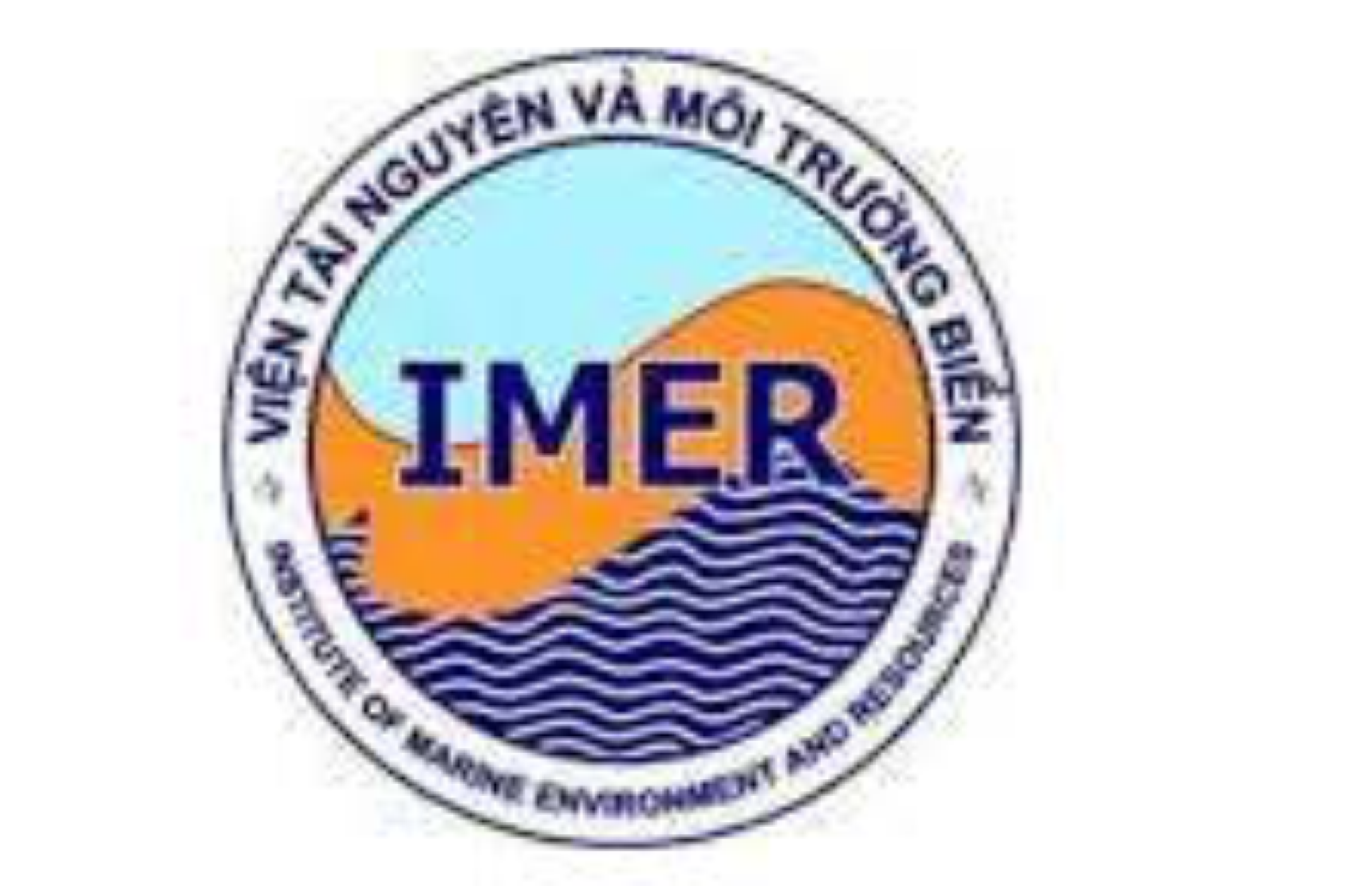PRODUCTION OF ANTIBODY AGAINST DOMOIC ACID IN NEW ZEALAND WHITE RABBIT
Author affiliations
DOI:
https://doi.org/10.15625/1859-3097/16/2/8419Keywords:
Antibody against domoic acid, antibody titer, domoic acid, ELISA.Abstract
In order to develop an ELISA KIT for detection of domoic acid in seafood in Vietnam, the antibody against domoic acid was produced by immunizing in New Zealand white rabbit using 250 and 500 µg domoic acid-dissuccinyl substrate-bolvine serum albumin as an antigen. Using 500 µg of domoic acid-dissuccinyl substrate-bolvine serum albumin, antibody exhibited activity in the rabbit’s serum after 5 months and only one out of 4 rabbits showed high activity (OD>3,000). Antibody activity in the rabbit serum was increasing and reached maximum after 6 months of experiment, then decreased rapidly in the following months. Domoic acid antibody titer was wide in range with good correlation in 1/800 to 1/51200 dilution. In 1/12800 dilution, a background signal was very low, with clear distinction between negative and positive results, so this concentration was chosen as an antibody titer unit. This unit is rather lower than that in some other studies, however, antibody obtained in this study showed no cross action with any of kainic acid, aspartic acid, glutamic acid, gamma-aminobutyric acid, globulin, proline, hydroxyproline, which have similar chemical structure to domoic acid. The results showed that antibody obtained in the study is specific to domoic acid, and can be used as material for domoic acid-ELISA kit in Vietnam.Downloads
Metrics
References
Debonnel, G., Beauchesne, L., and Montigny, C. D., 1989. “Domoic acid, the alleged” mussel toxin, “might produce its neurotoxic effect through kainate receptor activation: an electrophysiological study in the rat dorsal hippocampus”. Canadian Journal of Physiology and Pharmacology, 67(1): 29-33. DOI: https://doi.org/10.1139/y89-005
Novelli, A., Kispert, J., Reilly, A., and Zitko, V., 1990. Excitatory amino acids toxicity in cerebellar granule cells in primary culture. Canada diseases weekly report= Rapport hebdomadaire des maladies au Canada, 16, 83-89.
Newsome, H., Truelove, J., Hierlihy, L., and Collins, P., 1991. Determination of domoic acid in serum and urine by immunochemical analysis. Bulletin of environmental contamination and toxicology, 47(3): 329-334. DOI: https://doi.org/10.1007/BF01702190
Takata, Y., Sato, S., Ha, D. V., Montojo, U. M., Lirdwitayaprasit, T., Kamolsiripichaiporn, S., Kotaki, Y., Fukuyo, Y., and Kodama, M., 2009. Occurrence of domoic acid in tropical bivalves. Fisheries Science, 75(2): 473-480. DOI: https://doi.org/10.1007/s12562-009-0073-5
Dao, H. V., Takata, Y., Omura, T., Sato, S., Fukuyo, Y., and Kodama, M., 2009. Seasonal variation of domoic acid in a bivalve Spondylus versicolor in association with that in plankton samples in Nha Phu Bay, Khanh Hoa, Vietnam. Fisheries Science, 75(2): 507-512. DOI: https://doi.org/10.1007/s12562-009-0057-5
Smith, D. S., and Kitts, D. D., 1995. Enzyme immunoassay for the determination of domoic acid in mussel extracts. Journal of Agricultural and Food Chemistry, 43(2): 367-371. DOI: https://doi.org/10.1021/jf00050a020
Osada, M., Marks, L. J., and Stewart, J. E., 1995. Determination of domoic acid by two different versions of a competitive enzyme-linked immunosorbent assay (ELISA). Bulletin of environmental contamination and toxicology, 54(6): 797-804. DOI: https://doi.org/10.1007/BF00197961
Garthwaite, I., Ross, K. M., Miles, C. O., Hansen, R. P., Foster, D., Wilkins, A. L., and Towers, N. R., 1998. Polyclonal antibodies to domoic acid, and their use in immunoassays for domoic acid in sea water and shellfish. Natural Toxins, 6(3‐4): 93-104. DOI: https://doi.org/10.1002/(SICI)1522-7189(199805/08)6:3/4<93::AID-NT15>3.0.CO;2-9
Lê Văn Hiệp, Lê Văn Bé, Ngô Phú, Đặng Hồng Vân, Nguyễn Ái Thưởng, Huỳnh Xuân Thanh, Bùi Văn Sơn, Trần Văn Tửu, Lâm Thành Hưng và Nguyễn Toàn, 2013. Nghiên cứu xây dựng quy trình sản xuất kháng độc tố tetrodotoxin nhằm phục vụ cho công tác điều trị ngộ độc cá nóc. Báo cáo tổng kết đề tài khoa học cấp tỉnh Khánh Hòa 2010-2012.
Đào Việt Hà và Phạm Xuân Kỳ, 2015. Điều chế phức hợp kháng nguyên từ bán kháng nguyên domoic acid. Tạp chí Nghề cá Sông Cửu long số 6/2015: 126-132. ISBN 1859-1159.
Takata, Y., 2006. Study on the mechanism of domoic acid accumulation in shellfish (Doctoral dissertation, PhD Thesis, Kitasato University, Iwate).
Branaa, P., Naar, J., Chinain, M., and Pauillac, S., 1999. Preparation and characterization of domoic acid-protein conjugates using small amount of toxin in a reversed micellar medium: application in a competitive enzyme-linked immunosorbent assay. Bioconjugate chemistry, 10(6): 1137-1142. DOI: https://doi.org/10.1021/bc990041o
Kawatsu, K., Hamano, Y., and Noguchi, T. (1999). Production and characterization of a monoclonal antibody against domoic acid and its application to enzyme immunoassay. Toxicon, 37(11): 1579-1589. DOI: https://doi.org/10.1016/S0041-0101(99)00106-3
Kania, M., and Hock, B., 2002. Development of monoclonal antibodies to domoic acid for the detection of domoic acid in blue mussel (mytilus edulis) tissue by ELISA. Analytical letters, 35(5): 855-868. DOI: https://doi.org/10.1081/AL-120004074
Kania, M., Kreuzer, M., Moore, E., Pravda, M., Hock, B., and Guilbault, G., 2003. Development of polyclonal antibodies against domoic acid for their use in electrochemical biosensors. Analytical letters, 36(9): 1851-1863. DOI: https://doi.org/10.1081/AL-120023618
Smith, D. S., and Kitts, D. D., 1994. A competitive enzyme-linked immunoassay for domoic acid determination in human body fluids. Food and chemical toxicology, 32(12): 1147-1154. DOI: https://doi.org/10.1016/0278-6915(94)90130-9
Sato, M., Nakano, T., Takeuchi, M., Kanno, N., Nagahisa, E., and Sato, Y., 1996. Distribution of neuroexcitatory amino acids in marine algae. Phytochemistry, 42(6): 1595-1597. DOI: https://doi.org/10.1016/0031-9422(96)00190-2









